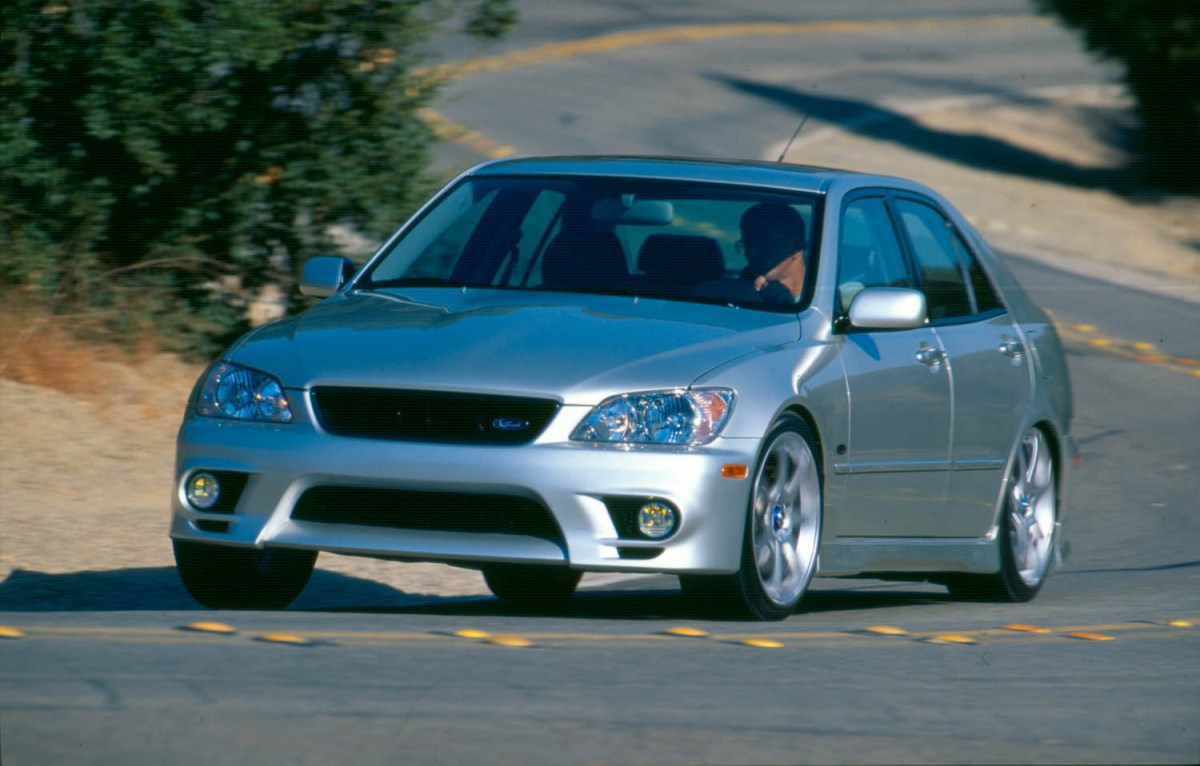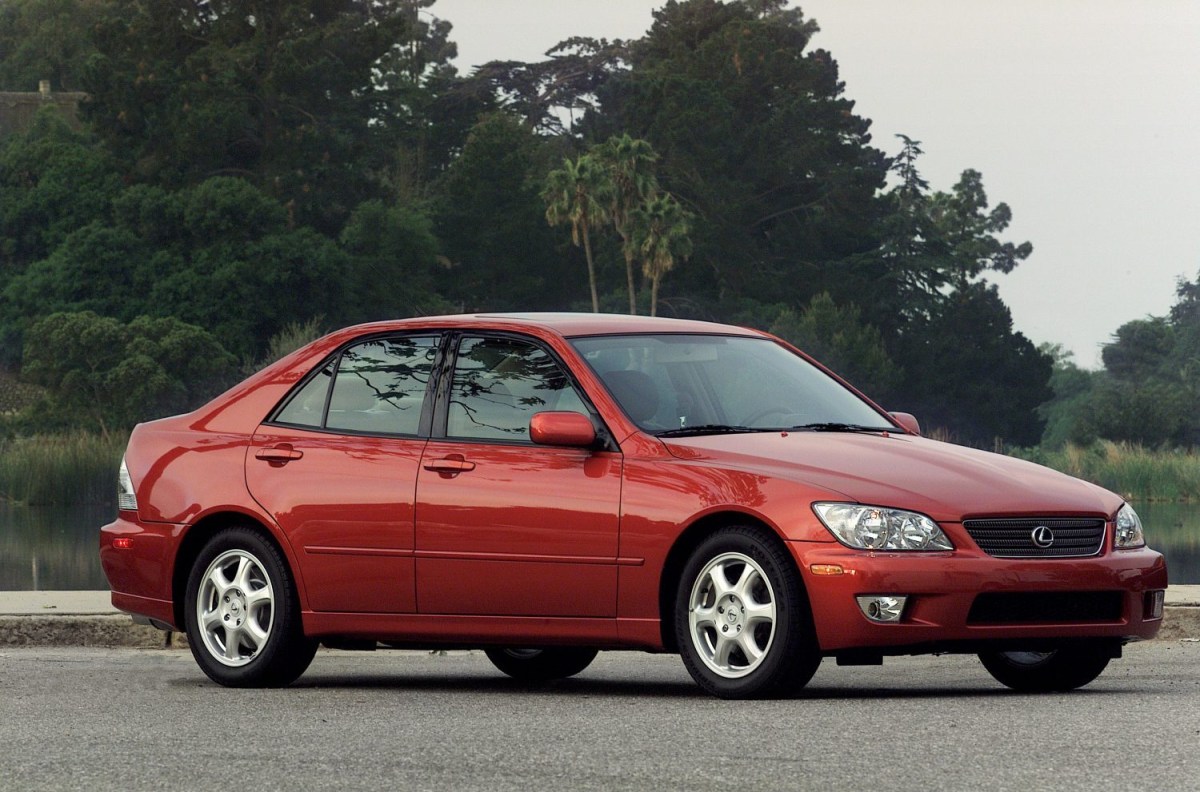
Most Common First Generation Lexus IS300 Problems
Toyota enthusiasts consider the Lexus IS300 to be one of the brand’s most reliable cars. From 1998-2005 it had a 3.0-liter inline-six that sent 217 horsepower to the rear wheels. It could also have a manual or automatic transmission. While it weighed 3,255 pounds, it provided luxurious comfort with sporty performance. Its engine was overbuilt, tried, and true 2JZ GE, a naturally aspirated Supra Mark IV engine. This car has few problems, but the ones that exist deserve some attention.
Acceleration Hesitation

Owners of first-generation IS300 complain of hesitation that occurs between throttle application and transmission engagement. This seems to only happen with automatic transmissions, where the driver will step on the throttle and the engine revs, but the car doesn’t go anywhere for a few seconds. It happens at low speeds, in drive and reverse. Owners have attempted to fix this issue by adjusting the throttle cable.
Radiator cracks around the neck

Stock IS300s came with Denso radiators, which used plastic tubing. After some time the neck that connects the hose to the intake will crack. If the radiator cracks while driving, pressurized hot coolant will spray all over the engine bay. The car could face overheating as well. To get around this problem, Mishimoto makes a performance radiator that uses metal tubing for $280. It’s a decent price and could save the engine from severe overheating damage.
Air in the cooling system

Many IS300 owners complain of a “gurgling” sound coming from the car. Experienced owners attribute this sound to air trapped in the heater core. The only way around this is to bleed the coolant. The IS300 doesn’t have a bleeder screw, so the radiator cap must be removed. Start the car and run the heater at maximum flow. Leave the engine running until the radiator fan kicks in, then shut it off and replace the escaped air with more coolant. It helps to replace the radiator cap with a large funnel during the bleeding process, to keep coolant from spewing everywhere. Flushing the radiator may become regular maintenance.
AC servo failure

The AC servo failure presents itself as a clicking sound inside the dash, followed by an unresponsive climate control system. When this happens, it likely means one of four servo motors is malfunctioning. The driver servo is under the dash on the driver’s side, while the other three are in the same area under the passenger side dash. Owners can clean the servo motors with isopropyl alcohol and cotton swabs. Cleaning may be a more viable option than replacement if trying to save money, as a new servo motor costs $138 on Amazon.
The worst issue with this generation IS300 is the cooling system. However, between the cracked radiator neck and having air in the cooling system, things could be a lot worse. E36 BMWs used plastic thermostat housing, which was notorious for exploding, so the Lexus has BMW beat in that area.
Throttle hesitation appears to only be a problem with the automatic transmissions, which Toyota doesn’t have a great track record with anyways. Opting for a manual may be the best decision. Regardless, as long as these problems are addressed immediately, they aren’t debilitating. The IS300 is still a rock-solid sport luxury sedan.


